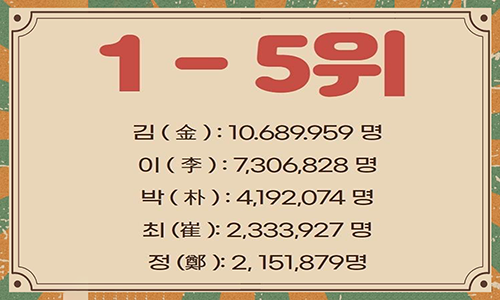Hangeul-Hanja/Hanja-Hangeul Dictionary
Explore seamless Hangeul-Hanja conversions with our advanced online dictionary. Master Korean characters and Hanja with user-friendly features designed for all skill levels. Enter Hangeul or Hanja below and click Look Up.
유급 Search Result
| Hangeul | Hanja | Explanation |
|---|---|---|
| 연차유급휴가 | 年次有給休暇 | |
| 월차유급휴가 | 月次有給休暇 | |
| 유급 | 有給 | |
| 유급 | 留級 | |
| 유급자 | 有給者 | |
| 유급직 | 有給職 | |
| 유급휴가 | 有給休暇 | |
| 유급휴가제 | 有給休暇制 |
Hanja (한자, 漢字) refers to Chinese characters adapted into the Korean language, historically serving as the primary writing system in Korea for over a millennium before the invention of Hangeul in the 15th century. Rooted in classical Chinese, Hanja played a foundational role in shaping Korean vocabulary, particularly in academic, legal, religious, and literary contexts. Approximately 60% of modern Korean words derive from Sino-Korean roots, making Hanja essential for understanding nuanced meanings, homonyms, and specialized terminology in fields like law, medicine, or history.
Although Hangeul, Korea’s phonetic alphabet, replaced Hanja as the everyday script, Hanja remains culturally and linguistically significant. It is still used in official documents, personal names, historical texts, and newspaper headlines to clarify meaning or convey formality. For learners, studying Hanja enhances vocabulary retention, deepens comprehension of compound words (e.g., “학교” [學校, school] or “의사” [醫師, doctor]), and bridges connections with other East Asian languages like Chinese and Japanese.
Today, Hanja is taught selectively in South Korean schools, often as an elective, but its legacy persists as a key to unlocking Korea’s literary heritage and linguistic precision. Whether deciphering ancient texts or modern jargon, Hanja remains a vital thread in the tapestry of Korean language and culture.





 2024 ,
2024 ,